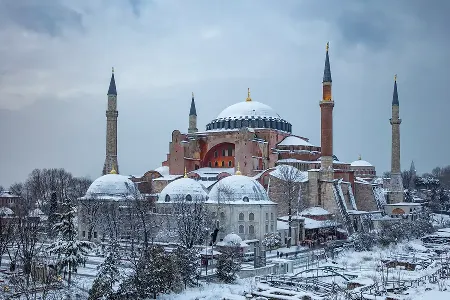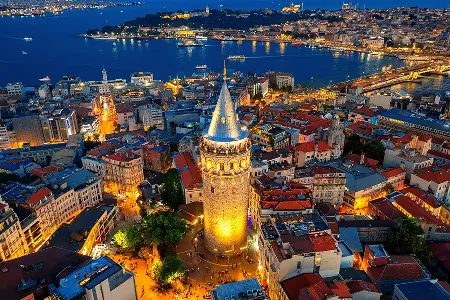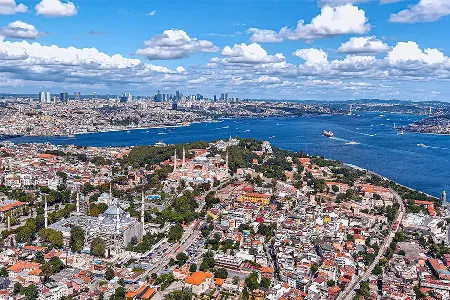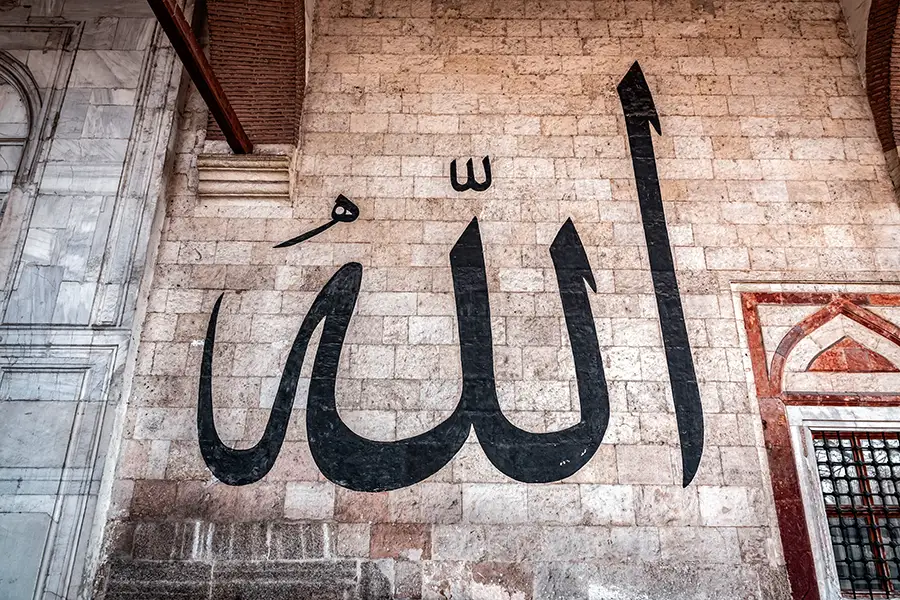
Nestled in the vibrant city of Edirne, once a capital of the mighty Ottoman Empire, stands a historical marvel that has withstood the test of time - The Eski Cami, or the Old Mosque. Built in the 15th century, this architectural gem not only represents a significant era in Turkish history but also serves as a testament to the rich cultural and artistic heritage of the region.
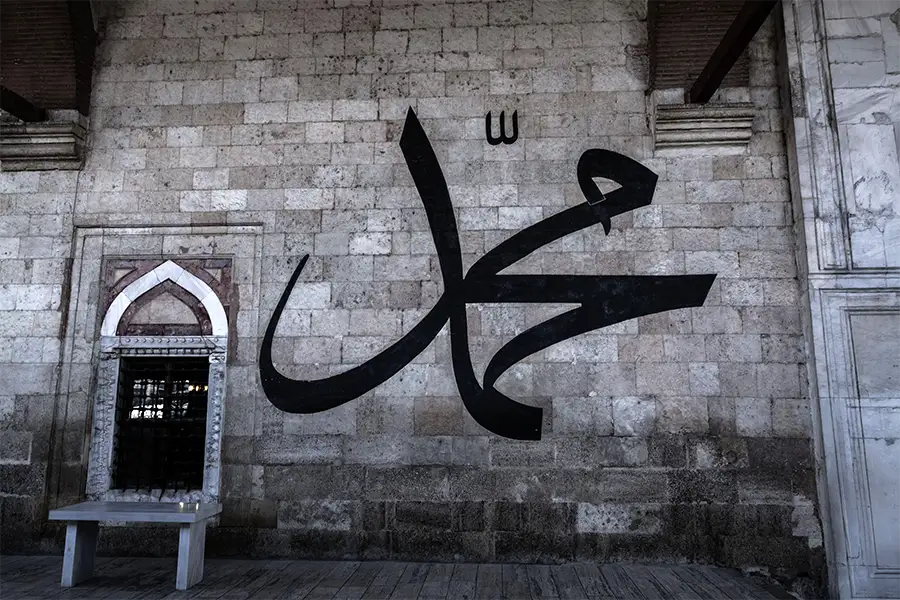
Historical Significance
The story of the Eski Cami dates back to the early 1400s, a period marked by the flourishing of the Ottoman Empire. Commissioned by Emir Süleyman, the construction of the mosque began in 1402 and was completed in 1414 under the reign of his son, Sultan Mehmed I. This historical context is crucial as it reflects the mosque's importance in the transition period of the Ottoman Empire, symbolizing not just religious devotion but also the growing influence and power of the Ottomans in the region.
Architectural Brilliance
The Eski Cami is renowned for its simplistic yet profound architectural design. Unlike the later Ottoman mosques adorned with multiple domes and minarets, the Old Mosque stands out with its nine domes supported by four large pillars. This design, influenced by the Seljuk architectural style, is a rare and fascinating aspect of the mosque.
One of the most striking features of the Eski Cami is its interior, which showcases a stunning display of Islamic calligraphy. The walls are adorned with gigantic calligraphic panels, inscribed with the names of Allah, Muhammad (PBUH), and the four caliphs of Islam, among other religious texts. These panels, believed to be the work of the famous Ottoman calligrapher Seyyid Kasim Gubari, are not just religious inscriptions but also a remarkable example of Ottoman art.
Cultural and Religious Hub
Over the centuries, the Eski Cami has been more than just a place of worship. It has served as a cultural and religious hub in Edirne, witnessing numerous historical events and transitions. The mosque has been a gathering place for the faithful, offering solace and a sense of community. The Friday prayers, special religious ceremonies, and the annual Ramadan festivities highlight its continuing relevance in the social and religious life of the city.
Preservation and Tourism
Today, the Eski Cami stands not only as a functioning mosque but also as a significant tourist attraction. Efforts have been made to preserve its original structure and art, showcasing the mosque's historical and architectural significance. Visitors are often captivated by the serene ambiance and the artistic grandeur of the mosque, making it a must-visit destination in Edirne.
The Eski Cami is more than just a historical monument; it's a living piece of history that continues to awe and inspire. Its walls echo the tales of an empire's rise, its art reflects a rich cultural heritage, and its presence symbolizes the enduring spirit of a city that has seen empires come and go. A visit to the Old Mosque is not just a journey into the past; it's an experience of the timeless beauty and enduring legacy of Turkish architecture and culture. As such, the Eski Cami remains a proud and profound symbol of the city of Edirne and the nation of Turkiye.

